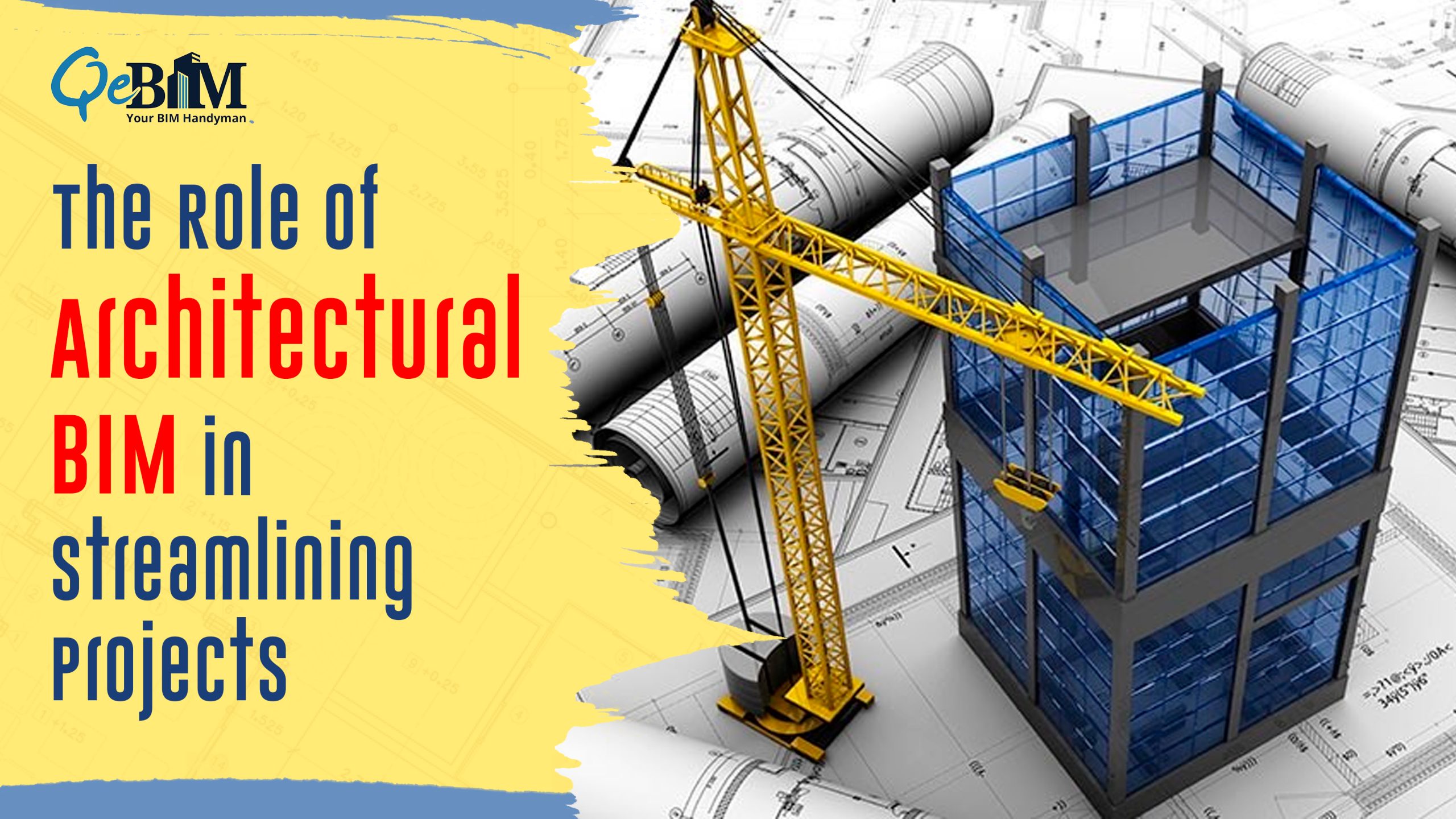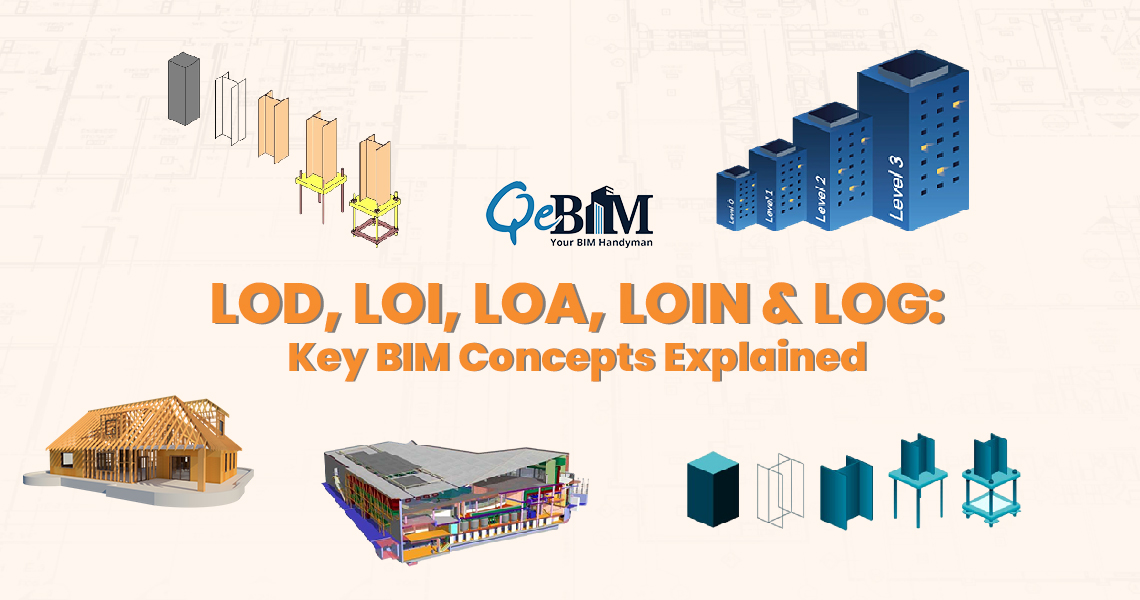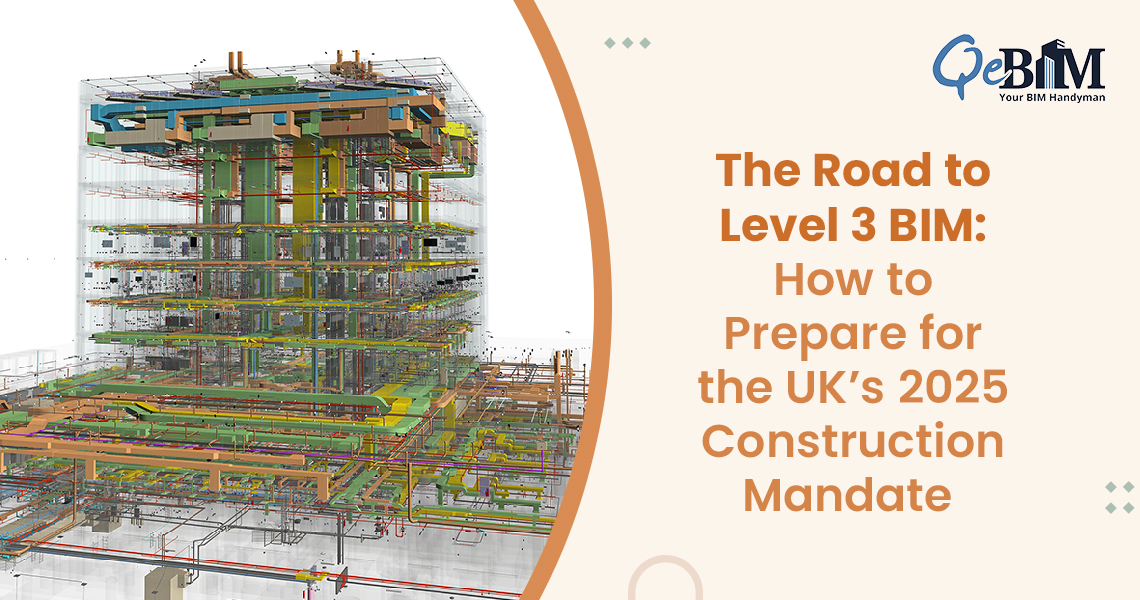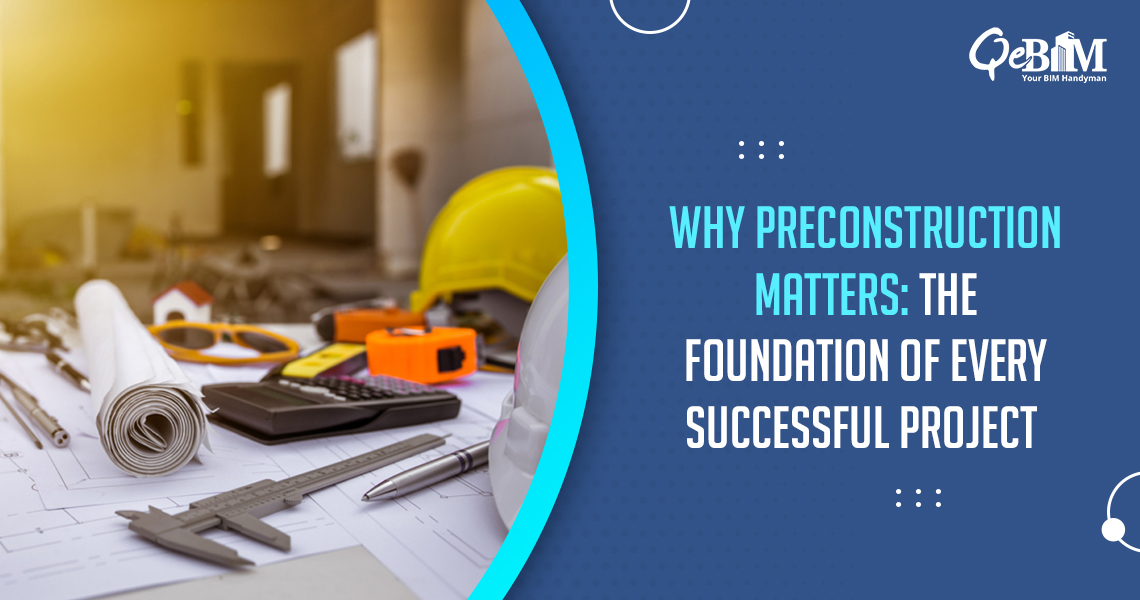Introduction
In today’s quick-paced construction business, efficiency and teamwork have become essential for the successful completion of projects. Building Information Modelling (BIM) in architecture has developed as a strong technology, revolutionizing how building projects are conceived, visualized, and implemented. Architectural BIM Services and BIM companies are helping to expedite construction projects, boosting efficiency, lowering costs, as well as enhancing overall project results by employing cutting-edge technology and sophisticated data management. In this blog article, we’ll look at the manner in which architectural BIM services have influenced the construction industry.
1) Enhanced Visualization and Design
Architectural BIM enables construction experts to produce precise and detailed 3D models of structures, resulting in a complete visual representation of the building project. BIM allows stakeholders to visualize the complete project while making educated decisions throughout the design process by including numerous aspects including walls, windows, doors, and structural components. This increases collaboration, lowers mistakes, and guarantees that the design meets the needs of the client.
2) Efficient Collaboration and Communication
Collaboration is essential for the accomplishment of any building venture. Architectural BIM acts as an administrative center for exchanging and preserving project information, allowing architects, engineers, contractors, and other stakeholders to collaborate seamlessly. Project teams may use a BIM platform to communicate real-time information, make adjustments, and settle disagreements quickly. This improves project collaboration by streamlining communication and reducing disruptions.
3) Clash Detection and Risk Mitigation
One of the primary advantages of architectural BIM services is their capacity to spot conflicts and potential dangers in a project prior to construction. BIM software examines the design’s numerous aspects and finds any disputes or confrontations amongst different systems which include plumbing, electrical, and structural components. Construction teams may save expensive reworking, and reduce delays in construction while improving overall project efficiency by resolving such conflicts early on. According to McGraw Hill Construction research, employing BIM technology to detect clashes can help minimize RFIs (Requests for Information) by up to 80%, resulting in fewer delays and rework.
4) Accurate Quantity Take-Offs and Cost Estimation
Architectural BIM allows for exact quantity take-offs and cost estimation, giving construction experts specific information concerning the materials and resources needed for a project. Contractors may develop precise bills of quantities and establish greater precision in cost estimates by streamlining the procedure of defining and measuring items inside the BIM model. This improves project planning, lowers material waste, and improves cost management.
5) Time and Schedule Optimization
Architectural BIM services aid in the project timeline and schedule optimization. Buildingbuilding teams can use BIM software to model building sequences and analyze any conflicts or impediments which might influence project timeframes. BIM aids in the development of realistic schedules for construction and the reduction of project disruptions by recognizing and fixing these difficulties earlier. This results in increased project effectiveness and prompt project completion.
6) Improved Facility Management and Maintenance
Architectural BIM extends its advantages to transcend the building phase towards facility management and maintenance. The BIM model is a detailed database that contains details regarding the building’s components, systems, and maintenance needs. Facility managers may use this data to simplify operations and schedule maintenance activities while making educated asset management lifecycle choices. The result is to reduce operating costs while also increasing the building’s efficiency as a whole. According to NIST (National Institute of Standards and Technology) research, BIM adoption can result in cost reductions of up to 20% during the project’s design and construction stages.
7) Improved Quality Control
BIM models may be utilized to monitor building endeavor progress and identify possible quality concerns earlier on. This might help in guaranteeing that structures have been constructed to the greatest standards.
In addition to the aforementioned advantages, BIM may aid to increase building sustainability. The environmental effect of a building’s design and construction might be assessed using BIM models. This data may then be utilized to enhance the design, for as by utilizing more sustainable materials or implementing energy-saving features.
Overall, BIM is an effective tool for streamlining building projects and improving their general quality. If you are planning a building project, you should assess if BIM is the most suitable answer for you.
Conclusion
Architectural BIM has evolved into a critical tool for optimizing building projects. Construction professionals may substantially enhance project results by leveraging their strengths in better visualization and design, efficient communication, identifying conflicts, correct quantity take-offs, time optimization, and facility management. Using architectural BIM services allows businesses to avoid spending money, increase productivity, decrease mistakes, and complete projects on schedule. As the construction industry evolves, working together with a reputable BIM Company might give the skills and assistance required to fully realize the promise of architectural BIM and maintain it in front of the competition.





